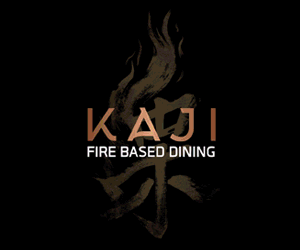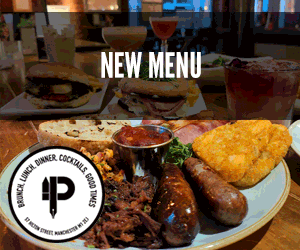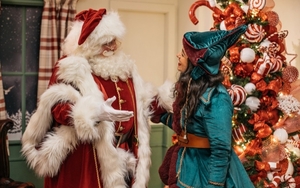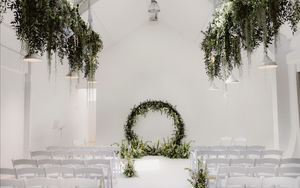Jonathan Schofield enjoys an active three days in the Irish capital
His tribe murdered him and then his ancestors chopped him in half. First it was axes and then a peat-harvesting machine. Now he’s on display in a glass cabinet.
It’s a been a funny old 2,300 years for Clonycavan man. The description on the noticeboard gives all the relevant details. Our chap was around 25 years old, probably high status and a human sacrifice. After his death he was tossed into a bog and the bog did its work; the peat rotted his bones but the acidic water, low temperature and a lack of oxygen preserved and tanned his hide.
Everybody wants to talk to you in Dublin, it is one of the friendliest English-speaking cities.
There have been several bog bodies found across northern Europe. Our own Lindow Man was found in Wilmslow in 1984 and is now in the British Museum when he should be in Manchester Museum. What we don’t know is why these poor individuals were sacrificed. The dead don’t speak but the National Museum of Ireland tells a rich story from the earliest times in the island’s history. It’s easily a couple to three-hours of a visit. The Celtic gold section is dazzling especially the heavy gold necklaces. They’re the torque of the town.
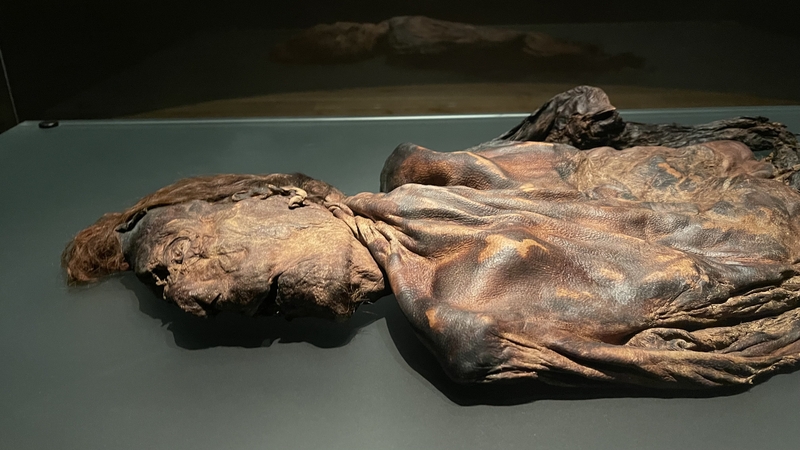
Over three days in Dublin I did two museums, a tour, miles of city cycling, lots of restaurants and ninety-seven pubs. I failed to polish Molly Malone’s bronze breasts (see main image above). The statue was put up in 1988 and is dramatically decolletage. A modern tradition visited upon the statue of the ‘cockles and mussels’ seller is you give her cleavage a good old rub for luck. It’s the Dublin equivalent of people pretending to hold up the Leaning Tower of Pisa. Molly is a tourist must it appears, given people were queuing up to have a grope.
Dublin Bikes can be found across the city and have an easy-to-use app with which to release them. The downside is they are the heaviest bikes in the world but, once you’ve mastered the weight issue, they provide a cracking way to get around. Dublin has decent cycling lanes, not particularly heavy traffic and is mostly flat. Cycling allows you to escape to non-touristy Dublin and see, for example, a gas-holder converted into flats, which strikes one as a good idea for the disused gas-holder close to the Etihad Stadium in east Manchester.

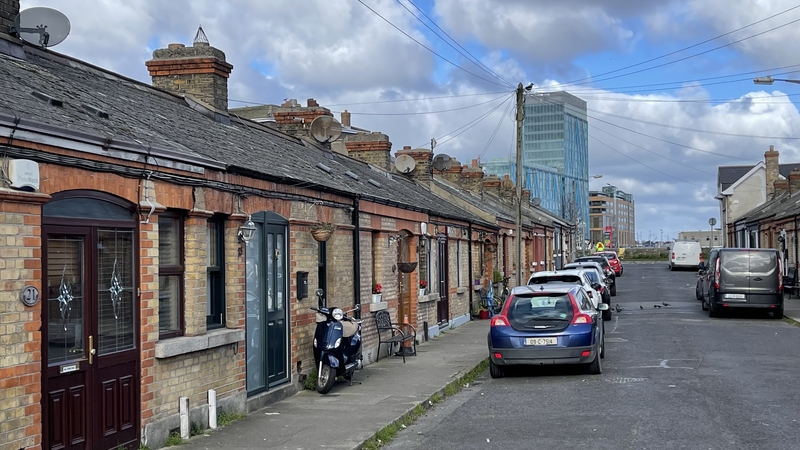
I cycled from the National Museum to the General Post Office (GPO) museum. This fine Classical building was gutted during the 1916 Easter Rising when it was the headquarters of the rebels. The story of the Rising is told efficiently and movingly for 15 Euros. There are three good video booths with talking heads digging deeper into what was, initially, an unpopular armed insurrection against British rule, one not supported by Dubliners themselves. Almost 500 people died - the largest number from the British army. Opinion turned on its head with the rushed executions by the British of 16 rebel leaders in Kilmainham gaol. The Irish War of Independence, partition and Civil War would follow before things started to settle down in 1922.
One room hosts a huge screen with computer visualisations of key buildings overlaid on maps telling the story of the Rising as a drama-documentary. That bit is good. What is not so good is the digital inclusion of episodes re-enacted by real actors. There’s some proper hamming here. The British generals and high command all talk like Stephen Fry’s General Sir Anthony Cecil Hogmanay Melchett in Blackadder. Characters such as rebel commander James Connolly can’t ask for a cup of tea without making a speech about the liberty of the Irish people and the nobility of their sacrifice.

A couple of pints of Guinness in the Duke pub on Duke Street were welcome. This is the starting point for the Dublin Literary Pub Crawl at 15 Euros a ticket. Our guides were Frank and Finbar, amiable fellas, with an easy smile and sharp wisecracks. The group comprised travellers from the UK, Germany and North America. The tour started with the opening scene of Samuel Beckett’s Waiting for Godot. We then had passages from James Joyce’s Ulysses, a notoriously difficult read, which was part set in the same street as the Duke pub. Finbar quipped, with a wink, that after their presentation the rest of us didn’t have to bother reading the novel.
A particularly entertaining moment took place next to the Molly Malone statue as the lads played a couple of beggars from a work by James Plunkett. Superbly performed.
Inevitably that hero of all hard-drinking literary figures Brendan Behan made an appearance. “I'm a drinker with writing problems,” Frank quoted Behan. I have sympathy.
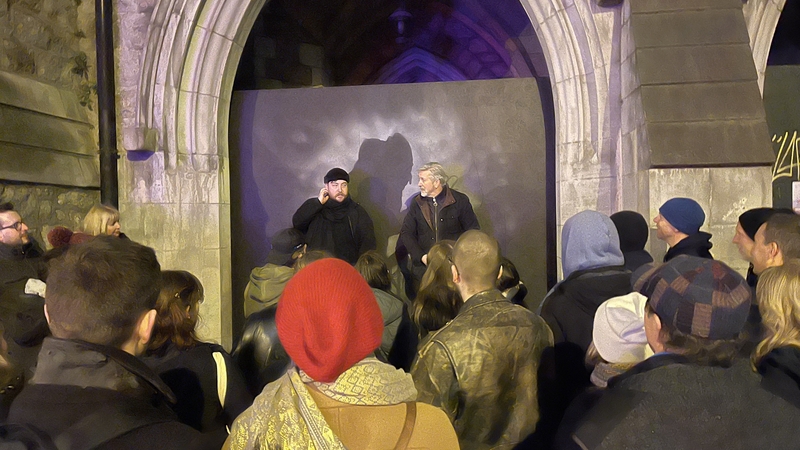
To clear the head on the following day I cycled to Kilmainham Gaol to finish off my Easter Rising education. The person at the gate shook their head. “I can’t go into gaol because I haven’t booked ahead?” I said, mildly amused by the sentence. So I wheeled to the front of the building and my jaw dropped at the sheer rawness of a 2016 sculpture ‘Proclamation’ by Rowan Gillespie.
The sculpture features 16 attenuated and faceless bronze statues representing the 16 rebel commanders shot at Kilmainham. They are standing in a circle around a pillar, blindfolded, with their execution order or verdict carved into the base of each statue. The torsos are riddled with holes from the firing squad with a different bullet pattern for each. It’s easy to understand how Gillespie sees Edvard Munch as an inspiration. I was screaming.
There’s a dark connection to Manchester at Kilmainham. One of the most prolific architects of Manchester in the late nineteenth century and early twentieth century was Charles Heathcote, a good example of his work is Parr’s Bank which now hosts Brown’s restaurant on York Street. His son, Charles Harold Heathcote, was sent to Dublin with the 2/7 Battalion of the Sherwood Foresters during the Rising.
The Foresters were raw recruits with no fighting experience. Ambushed by rebels at Mount Street Bridge in Dublin, official figures say around 216 British officers and men were killed or wounded. As a perverse "reward" for their gallantry, the Sherwood Foresters were chosen to form the firing squads in Kilmainham Gaol. Mancunian Major Charles Harold Heathcote acted as commander of the firing squad.

I continued my morning ride through the vast Phoenix Park. This is a noble space with long views, artworks and much to my surprise a polo club. I’d never thought polo to be very Irish, then again there’s a strong love of gee-gees over there.
Back in town a leisurely lunch was enjoyed at Sole Seafood and Grill on William Street with a hot and cold seafood platter for 80 Euros. This included oysters, a Dublin Bay prawn cocktail, Howth smoked salmon, chargrilled tiger prawns, West Cork mussels and pan-roasted Irish brown crab claws. The names give the game away. Sole is very proud of its Irish provenance and given the quality of the food they should be.
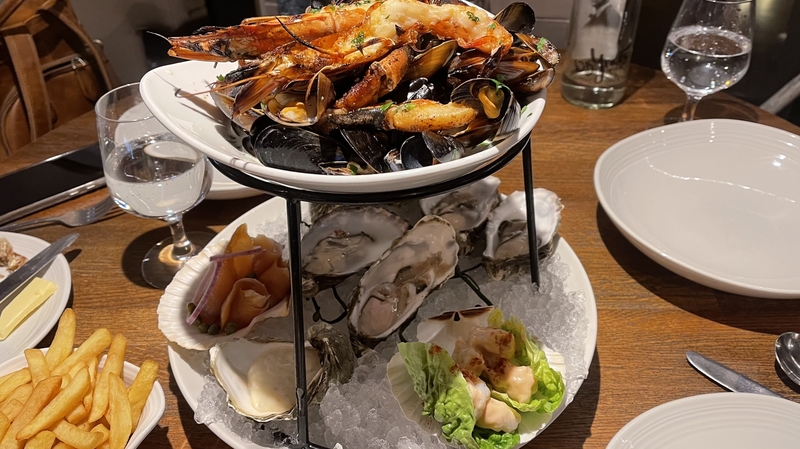
Everybody wants to talk to you in Dublin, it is one of the friendliest English-speaking cities. The pubs are a good place to chat to people. Sit at the bar and a conversation breaks out. It's a cliché made real. There are some fine traditional mahogany and tile interiors too if that's your thing.
And pub music. Lots of music. Good Lord, there's a lot of music. The bar at my hotel, Darkie Kelly’s, had live music every night. Sometimes you want to say stop the bloody music. I don't think I can bear to hear The Fields of Athenry ever again.
On the way back to the airport, Tony the taxi driver informed me that he used to be a hotel owner. “I’ll tell you a story,” he said, and told twelve. “I had some right rogues in that hotel,” he said. “Would you have heard of a politician by the name of Bertie Ahern, former Taoiseach? He’s had a few scandals you know. When he became the finance minister he didn’t even have a bank account. Used to cash government cheques in the pub and stored all his money in the wardrobe. And he was the fecking finance minister for the whole country.”
Tony paused.
“Not that I go to many pubs now, not since Covid. The drinks have become awful expensive, so I drive over the border to Newry and stock up on loads of beer for me and the missus at home. Beer’s just about the only thing that’s cheaper in the North. Aside from houses, of course. Dublin’s property market is off-scale.”
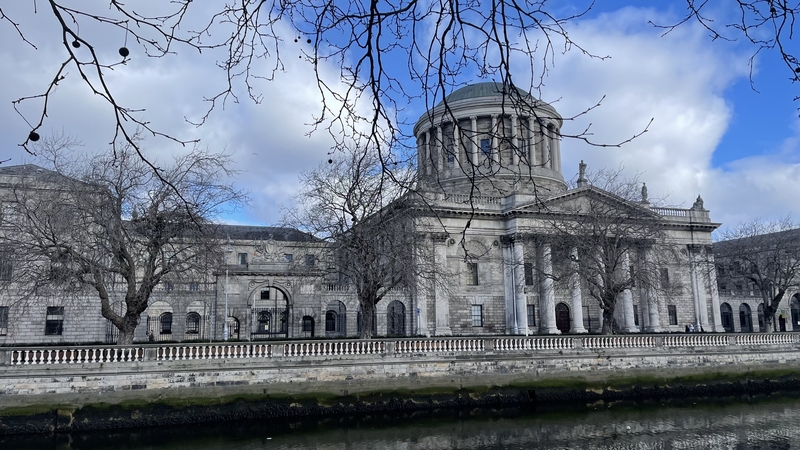
Dublin seems generally a happy place. There is something of that in the air, although Dublin has huge problems with crime; in particularly with anti-social behaviour and gangs. From looking at the media this appears a major issue particularly in the suburbs.
An American guest over breakfast mentioned she had been pickpocketed the day before in the city centre. There was chatter about it generally. This seemed just chatter. Dublin appeared as safe as any other European city to me, even while tottering back to the hotel at 2am full of Guinness.
That caveat aside, you see a lot of smiles in Dublin. The smiles come alongside an abiding sense of history as a living entity: people mention history more than any other place I know and they mention it usually with understanding.
It has been said ‘no one remembers like the Irish’. That is an important component of the Dubliner attitude: a sense they’ve had really bad times but now, as an independent nation within the European Union, so much of that is behind them and if they’ve got the wherewithal they can now enjoy better times to the full with a ready smile for locals and visitors alike. Oh and a tune in a pub. Another tune and then another tune...
Jonathan Schofield flew on Ryan Air to Dublin and stayed at the Harding Hotel. To get around he used Dublin Bikes, taxis and an unbeatable sense of direction.
Follow Jonathan Schofield on Instagram and Twitter @JonathSchofield






